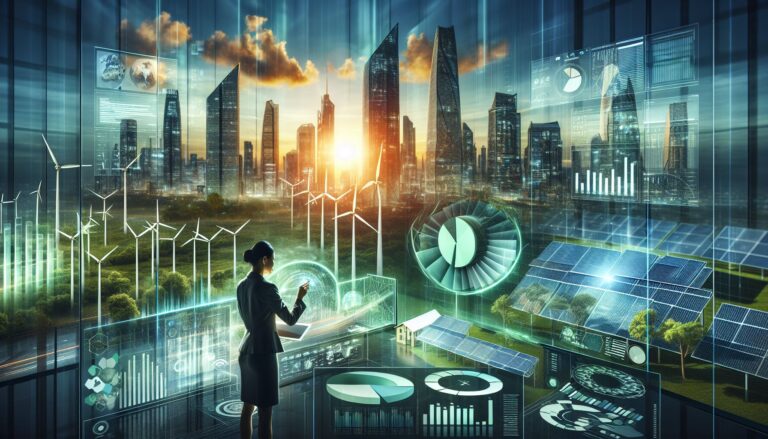In today’s rapidly changing world, businesses are becoming increasingly aware of the environmental trends that are shaping our future. As the global population grows and resources become scarcer, it is imperative for companies to adapt and embrace sustainability. In this blog post, we will explore the implications of the current environmental trends and discuss how businesses can navigate these challenges to thrive in the long run.
The Current State of the Environment
The world is facing numerous environmental challenges, such as climate change, deforestation, pollution, and resource depletion. These issues not only endanger the planet but also impact businesses in various ways. Rising temperatures, for instance, can disrupt supply chains and increase production costs. Increasing air and water pollution can harm public health, leading to decreased employee productivity. In light of these challenges, businesses must recognize the urgency of taking proactive measures to mitigate their environmental impact.
Environmental Trends in Business
Many forward-thinking companies have already adopted sustainable practices. They understand that sustainability is not just a moral imperative, but also a strategic advantage. Customers and stakeholders are increasingly demanding environmentally responsible products and services. Businesses that fail to address these concerns may risk losing market share or facing reputational damage.
One significant trend is the shift towards renewable energy sources. Companies are investing in solar panels, wind farms, and other clean technologies to reduce their reliance on fossil fuels. By embracing renewable energy, not only do businesses reduce their carbon footprint, but they also create long-term cost savings and gain a competitive edge in the market.
Another important trend is the circular economy. Instead of following a linear “take-make-dispose” model, companies are now looking for ways to reduce waste and reuse materials. Through recycling and innovative product design, businesses can minimize their environmental impact while potentially saving costs by reusing resources.
Navigating the Future
To thrive in the face of environmental challenges, businesses must prioritize sustainability and adopt a long-term perspective. It is crucial to integrate sustainability into the core business strategy rather than treating it as an afterthought. This may involve setting ambitious environmental goals, investing in research and development for sustainable technologies, and collaborating with stakeholders to drive positive change.
Moreover, companies need to engage with consumers and educate them about the importance of sustainability. By creating awareness and providing eco-friendly options, businesses can influence consumer behavior and foster a more sustainable society.
In conclusion, the current environmental trends present both challenges and opportunities for businesses. Embracing sustainability is not only a moral imperative but also a strategic advantage. By adopting renewable energy sources, embracing circular economy principles, and engaging with consumers, businesses can navigate these trends and build a greener, more prosperous future. To ensure long-term success, companies must be proactive in their approach and integrate sustainability into their core business practices. Together, we can build a sustainable future for generations to come.

